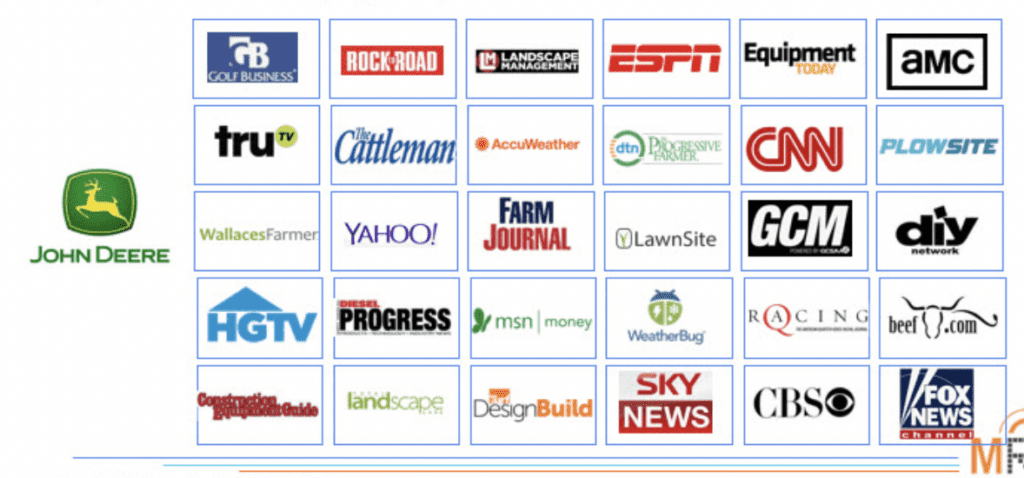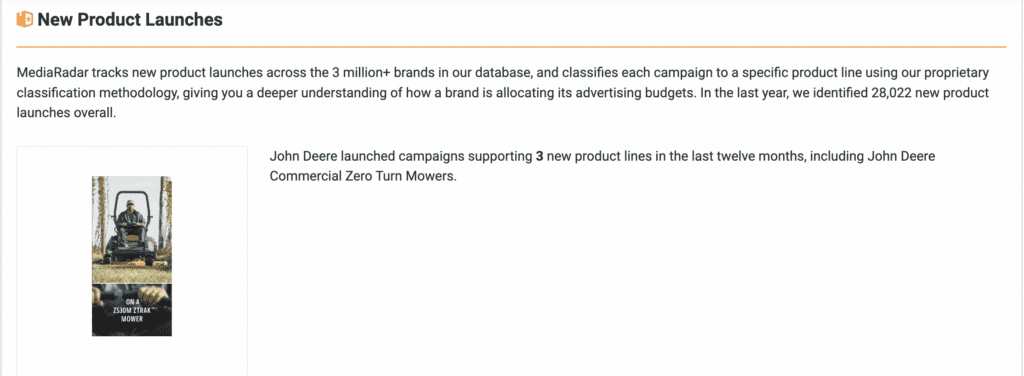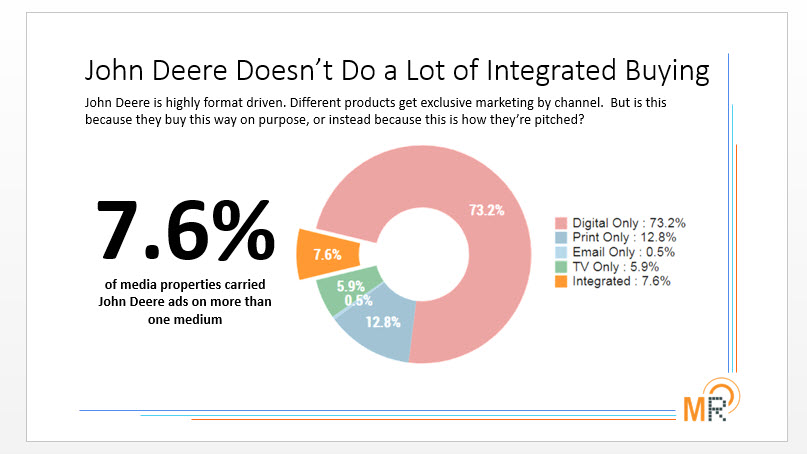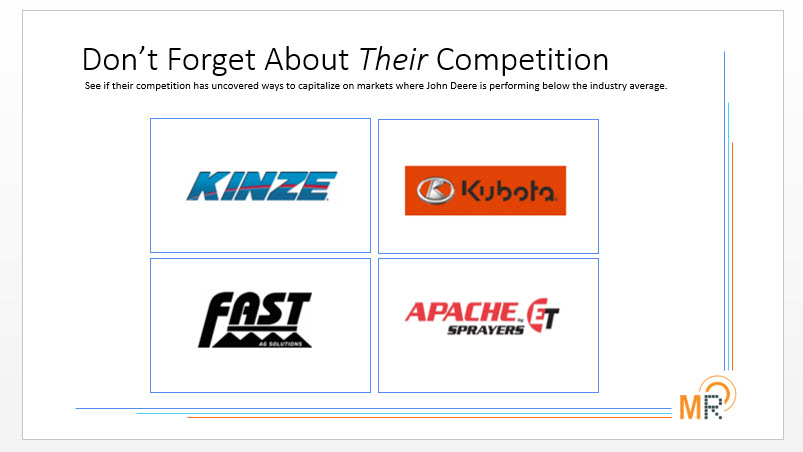The sales process is more digital than ever—you can thank the pandemic for that. In fact, more than 70% of B2B buyers don’t want to meet sales reps in person.
Despite more “future-facing” sales tactics entering the picture, some old-school ones will never go out of style.
We’re talking about the tried-and-true phone call—the same one 57% of C-level buyers still prefer.
But you have to do them the right way.
Here are 5 simple steps to help you make the most of your next sales call.

1. Know Your Opportunity
You’ve identified your opportunity through a system of lead scoring and researched your point of contact with a sales intelligence tool.
You may know your contact’s hobbies, university, and prior work experience, but do you know their role within the company and how it connects to your product or service?
How does their job fit into the buying process? Do they make the final decisions or are others involved in the decision; the typical buying group for a complex B2B solution involves six to 10 people.
Do your research.
The messaging of your pitch will change depending on this person’s seniority and where they fit into the buying committee.
At the same time, what’s going on in their life?
Is their office in Los Angeles or Des Moines? The cities are different and, therefore, warrant different talking points. For example, Los Angeles and Des Moines are in different time zones and experience different weather conditions.
What is your prospect’s objective(s)?
It’s not all about the prospects. The pre-call planning process must also include a hefty dose of company intelligence and the prospect’s role in the greater machine.
Where can you find these nuggets of information?
- About Us section of its website
- Press clippings
- U.S. Securities and Exchange Commission (SEC)
- Investor Relations section of the website
Dig into these sources to understand what’s important to the company and how your prospect will likely think.
For example, if you’re pitching a gambling advertiser from a company like FanDuel, a dive into the company’s Annual Report from 2022 would reveal it’s placing a particularly strong focus on profitability.
Your pitch should center around that.
Where does your prospect advertise?
If you went into MediaRadar in the past and searched for John Deere, for instance, you would find that the company advertised across seven different media formats, targeting different audiences within each.

The sales reps making the most money are interested in seeing a company’s full marketing budget. It gives them a better sense of how much the company spends with its competitors or if it has a huge budget for a new product.
John Deere, for example, recently launched 3 new product lines, including John Deere Commercial Zero Turn Mowers. All of these lines warrant ad spending.

What audiences are they targeting?
For example, advertisers for John Deere are focusing print advertising within mostly B2B markets, particularly the agricultural industries of farming and groundskeeping. They go after those who run or do landscaping at golf courses and universities.
We also see this on the consumer side, with the company dipping its toes into a new market: small-farm families. John Deere is also hitting up CES, which has obvious advertising implications—advertisers will have to heavily promote these innovative new products like its robotics-based fertilizer system and a new electric excavator.
As a seller preparing for a sales call, you want to be a knowledgeable partner and intimately understand what’s important to the company right now.
Which ad format(s) does your prospect favor?
So often, we’re told to believe that digital is always up and print is always down. That’s sometimes true, but not always.
While we certainly live in a digital world, many brands, especially those in B2C and DTC, are shifting an increasing amount of their ad dollars to traditional formats to avoid the digital noise and prepare for a world without third-party cookies.
Does the prospect’s company target audiences geographically or demographically?
When a company targets demographically, it is interested in a contact’s job function and level of education rather than their age or marital status.
John Deere is an example of a company that targets audiences geographically.
Most of its audiences work on golf courses and in other agricultural efforts. Because golf courses and agricultural efforts happen more in certain parts of the country, the company targets geographically.
More specifically, John Deere has a major concentration in Iowa, where there’s a lot of farming.
What is your prospect’s creative like?
You want to see the creative to understand a prospect and its objectives in real time.
Three or four years ago, we found that the type of advertising in media that consumers and B2B brands would run was very different. B2C brands were all-in on Instagram, for example. Now, B2B brands are investing in the social platform as well.
On the B2B side, advertisers are buying mobile, OOH, sponsorships and events, native advertising (sponsored content), video, etc.
Here’s an example from The Trade Desk (TTD) investing in OOH, connected TV, and other digital formats.

When you’re going into a pitch, research to uncover the message, tone, and who and what kind of person the prospect features in its ads.
Also, know the specific products the company is marketing, the budget, and how they are being purchased – in print, mobile, email, or events?
Having this knowledge when you walk in the door will make you a better partner and a more appealing choice to your prospect.
2. Understand Your Prospect’s Advertising Strategy
In B2B media, do publishers not pitch integrated buys?
John Deere is an example. Few media companies that the company works with get part of the buy in multiple formats. It’s segmented that way. They either win digital or print or another media format.

You would want to know this before you go in so that you can address it.
What are your prospect’s renewal rates?
Renewal rates determine what’s working and what’s not working for the customer. It’s a litmus test. It tells a company how it is doing right now.
John Deere has historically had high renewal rates in both print and TV. It renewed business with 70% of its highly specialized B2B partners like Golfdom, Equipment Today, and Successful Farming and also renewed business with 68% of its TV partners, including ABC, the Outdoor Channel, and The Weather Channel.
The point here is that if you’re a good partner to John Deere and the company likes you, you will re-win its business.
MediaRadar tracks renewal rates because it’s important. If you’re going to be a great partner to John Deere, you need to know what’s not working and understand why the company should choose you.
3. Recognize Why Your Prospect Should Choose You
What is their audience?
What are the key reasons why your media company and audience are the best fit for a brand?
Visualize the solution to the prospect’s problem. How will the recommended campaign, frequency, and pricing be positioned to meet their objectives?
Talking about yourself is always the easiest. Understanding your client and listening is often where reps get tripped up.
What does success look like?
Understand the campaigns from the beginning and pinpoint the key metrics that will be evaluated. This last step is often left out. Don’t overlook it.
Increasingly, the most successful sales reps defined key metrics and really pushed them in advance. You want to know this at the beginning and write it down. Some sales reps will even sign it. This is for everyone’s benefit.
What does success mean?
Does it mean the company sells a certain number of units from a campaign? For example, if the company is Monsanto, that could be more specific seeds or pesticides or certain tractor models if the company is John Deere.
Some B2B publishers also offer guarantees. If you’re going to market a certain value of dollars at a certain frequency, the company may stand behind you because it knows its audience well enough.
4. Know the Competition
You want to know everything about your competition.
How does the audience, as well as the quality and frequency of the editorial, differ from yours?
Be ready to outshine the competitors
Don’t bring up your competition. It’s distasteful. Bashing your competitor is almost never helpful. The prospect might be spending money with them, presumably because they thought it would be a good idea. So, be thoughtful.
Know the competition and differentiate yourself from them, too.
Know your differentiators, such as campaign, price, audience, and positioning, in case your prospect asks for them.
If you can exhibit how you stand apart, you’ll be better positioned to win over any prospect.
Don’t forget about the competition

See if your competition has uncovered ways to capitalize on markets where, say, John Deere is performing below the industry average.
How will you be a good partner in understanding your prospect’s objectives so you can talk about the marketplace well?
Because B2B publishers know their endemic marketplace, you will know company names like Kinze, Kubota, Fast AG Solutions, and Apache Sprayers by Equipment Technologies (ET).
The question is: Can you be really thoughtful? Do you know more than just the surface level of the competition?
You are helping your prospect solve a problem. Knowing how to outperform your competition is important, but showing them how they can outperform theirs is paramount.
5. Be Able to Effectively Communicate Your Offerings
Did you know that 75% of executives have been prompted to attend an event or take an appointment due to a cold call or email?
Why reach out by phone?
While younger, inexperienced sales reps may disagree, reaching out via phone is very effective. In fact, about half of all directors and managers prefer the call.
Why?
- Make a Human Connection. Hearing a sales rep’s voice, tone, inflection, and conviction can help them seem more valuable to a prospect.
- Get More Information from Prospect: An open-ended conversation can glean more valuable insights and information than you’d get going back and forth via email.
- Present Your Value: Messages and value can get lost in translation when sent via email. Calls give sellers a surefire way to get their message across while allowing the prospect to ask follow-up questions.
Keys to leaving voicemails
B2B is unique – it’s about a completely endemic and very narrow market.
Sales reps aren’t robocalling millions of people. They mostly leave voicemails, so be clear that you’re human and nice and will call back your prospect.
Also, be patient and persistent; reaching a prospect takes eight to ten cold call attempts.
Things to be aware of when leaving a voicemail:
- Lead with the takeaway
- People only remember 4% of what you say
- Avoid information overload
- Keep the message between 8-10 seconds
- Follow up with a personalized email
- Be natural and personable
Connecting with a live person
Remember that you’re interrupting someone. Be humble.
Forty-four percent of salespeople give up after just one call, so remember to be patient and provide new insights in each voicemail.
Sales Phone Call Tips:
- Capture attention right away
- Have talking points available that relay value
- Ask for a few minutes and schedule a deeper dive
Communication through email
Email communication should be clear, concise, and succinct.
The better you follow that, the better the outcome.
Sales email tips
- Lead with their need
- Less is more
- 33% of recipients open based on the subject line, so take the time to grab attention
- Ask for the meeting and be specific when scheduling
Always follow up on your voicemails or phone conversations with personalized emails. Personalized emails improve click-through rates (CTR) by 14% and conversation rates by 10%. This will help to reinforce your value.
Making the Most of Your Sales Calls
As a B2B rep, these five sales call planning steps will help you better understand your prospect’s needs and know your value within the market.
The best reps implement these five key learnings into their sales strategy. If you do the same, you can break through the noise and get that meeting.
For more insights, sign up for MediaRadar’s blog here.
![5 Sales Call Planning Tips Every Great Rep Should Know [Webinar Replay]](https://mediaradar.com/wp-content/uploads/2018/11/jd-640x460.jpg)


